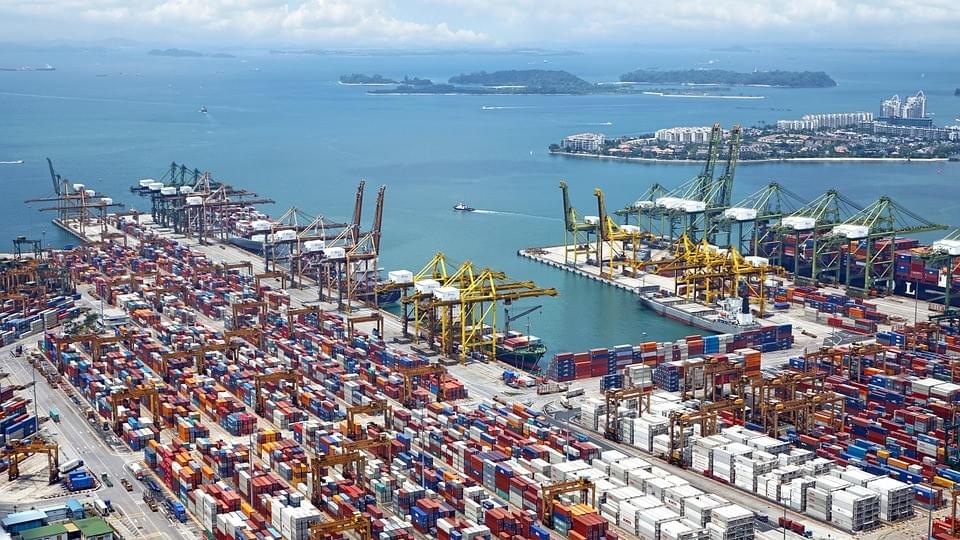
Transport and Logistics are one of those words that is so widely used, everyone seems to know what it's about. Transport and logistics companies is about shipping things, storing things, delivering things and providing goods to people and other places. And when saying transport and logistics, mean transporting goods and people, all over the world, and internationally, to work, or travel away on vacation. So why do we use the term transport and logistics at all?
There are many answers to this question, but probably the most relevant one is to say transport and logistics is about time-based maintenance. Time-based maintenance means that the day you ship something, you have to make sure it gets there on the agreed date and in working order. That's just the way it works. And unfortunately in this age of digital tools and automated systems, sometimes it's easier and cheaper just to skip this part and go straight for production. But in a business where everything is required to be delivered in a certain time, that's just asking for trouble.
Another big question is how does logistics to ensure a safe and secure environment for goods going between countries. For instance in transportation, how do they ensure that hazardous materials and chemicals aren't leaked onto the roads by freight forwarders, or that freight that has been refused entry into a country due to security issues is allowed through customs? How do they ensure that goods go to their destinations and on time, without neglecting any of the major issues that might disrupt the transportation and distribution? Again, this is a question that can only be answered by the industry and governments who enforce the laws.
The third area of logistics is related to the supply chain. Supply chains are the network of people, materials and technology that move things from point A to point B. Just as the transportation industry must carefully plan their routes and secure their cargo against thieves and others that may try to disrupt their progress, so too must the supply chain. By monitoring and ensuring that the transport and distribution methods used are adequate to the task at hand and aren't hindering the efficient running of the entire chain, logistics professionals can help to make sure that the entire supply chain runs efficiently, meeting the needs of their customers with the best available resources.
The last part of the supply chain is related to warehousing and delivery. Warehousing involves the temporary storage, movement and dispatching of finished products. In fact, warehousing is an integral part of the logistics process because it determines how much can be moved from point A to point B and still maintain a stable inventory at all times. This is important to companies that build a large number of inventories on a regular basis. And because this is the final leg of the supply chain, companies must work very closely with their logistics providers from freight forwarding companies to streamline the warehousing process and avoid excessive downtime for their customers.
Advances in manufacturing and transportation have created new and exciting opportunities for logistics companies. In order to capitalize on these opportunities and improve their performance, logistics must use all of the tools at their disposal. Using all of the tools at their disposal, logistics will help to ensure that their customers get the best available services and that they receive these services quickly and at the lowest cost possible. Using state-of-the-art analytics and digital tools, logistics can ensure that they're meeting their customers' needs and exceeding their budgets. Using these advanced analytics and digital tools, logistics can help companies improve their operations and increase profitability. Find out more details in relation to this topic here: https://en.wikipedia.org/wiki/Logistics.
